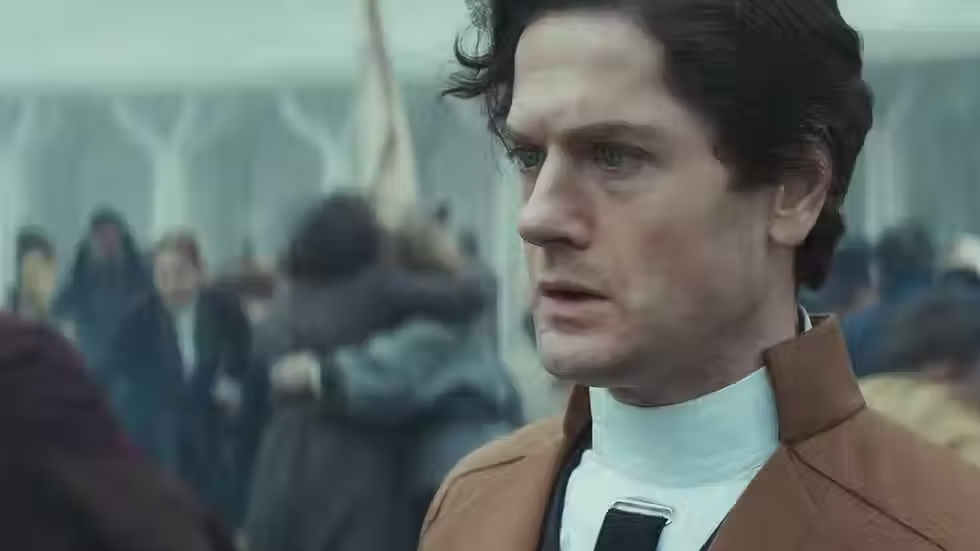Review: Pacific Rim
- ogradyfilm
- Dec 9, 2018
- 2 min read

Guillermo del Toro ends the credits of his love letter to monster movies with a dedication to Ray Harryhausen and Ishiro Honda. This gesture speaks volumes about what the Pan’s Labyrinth director seeks to accomplish with his latest effort: both of these legendary storytellers utilized their craft to fuel the imaginations of entire generations of kids, young and old alike, and with Pacific Rim, Del Toro carries on that proud tradition, gleefully reshaping the minds of hundreds of future filmmakers. I don’t make that claim lightly: Pacific Rim is the exact kind of film that made me fall in love with the art filmmaking. It is Jurassic Park, Raiders of the Lost Ark, Jason and the Argonauts, Star Wars—imaginative, exuberant, the product of a passionate creative mind. Even now, I find it difficult to dissect the experience in academic terms, as it speaks to my inner-child on such a fundamental, visceral level.
But although it serves up plenty of eye candy that appeals directly to my longtime obsession with giant movie monsters—from the silly (The X From Outer Space) to the sublime (Honda’s original Gojira) and everything in between (Gamera, friend to all children)—as well as crazy creature effects (the bustle of the cantina crowd in Star Wars, the seven snapping heads of Harryhausen’s Hydra, the thundering footfalls of Jurassic Park’s T-Rex), there’s more to Pacific Rim than just spectacle; it also tells a thoroughly engaging story, built around clearly defined, monumental stakes and genuinely compelling human relationships.

As the plot unfolds, we find humanity very near extinction. Kaiju, massive, grotesque beasts that emerge from a portal deep beneath the sea, unleash devastation upon Earth’s coastal cities—and they have been spawning with increasing frequency. The number of Jaegers—gargantuan, humanoid machines designed to combat the alien menace—has dwindled to almost nothing. While the governments of the world urge their citizens to seek refuge behind hastily-constructed defensive walls, Stacker Pentecost, head of the Jaeger Program, fearing a full-scale Kaiju invasion, plans a desperate, audacious final assault upon the rift between dimensions. He recruits Raleigh Becket, former pilot of the famed “Gipsy Danger,“ to participate in the operation. Raleigh is hesitant to return to active duty: his brother died during their last mission together, and because controlling a Jaeger requires a mental link between two pilots, Raleigh experienced every painful, traumatic second of his demise.
Complications arise when the only candidate eligible for neural compatibility with Raleigh ends up being the one person Pentecost does not want to send into the fray: Mako Mori, a vengeful orphan raised by Pentecost since childhood. In order to turn the tide against the monsters from the abyss, these three characters—and, indeed, all of mankind—must learn to overcome their fears, trust in each other, and fight as one, lending the epic battle scenes enough emotional context to ensure they are (unlike much of Michael Bay’s work) more than just noise and chaos.

That is what makes Pacific Rim a great summer blockbuster, a worthy successor to Star Wars, Jaws, and Jurassic Park: it delivers both flash and substance.
[Originally written July 13, 2013.]





Comments